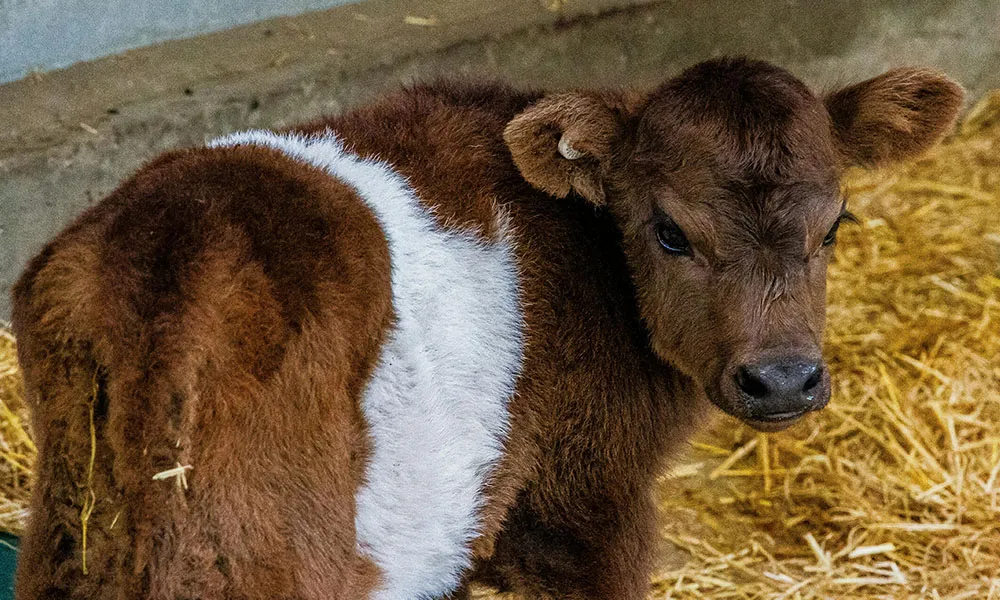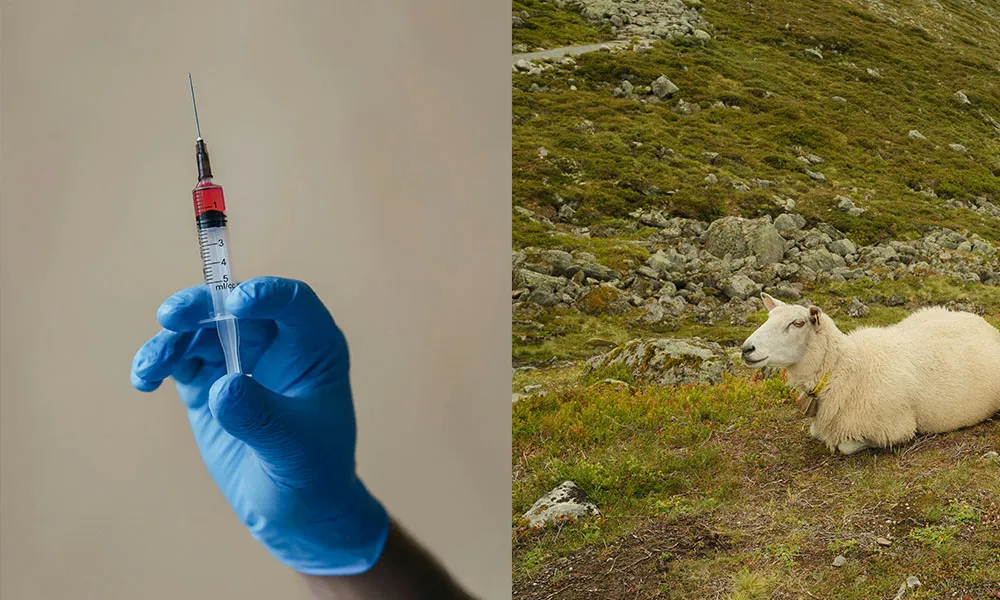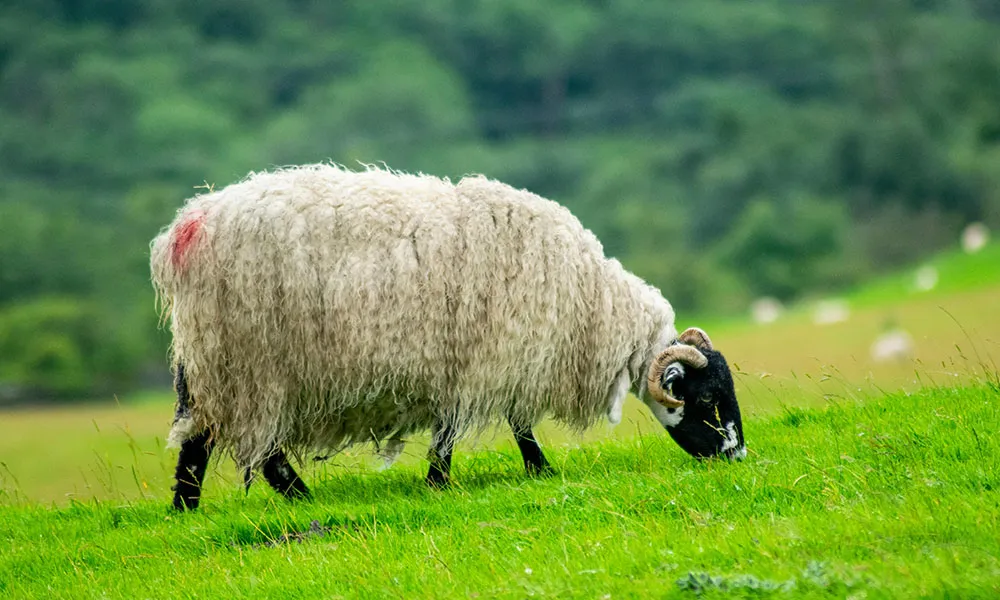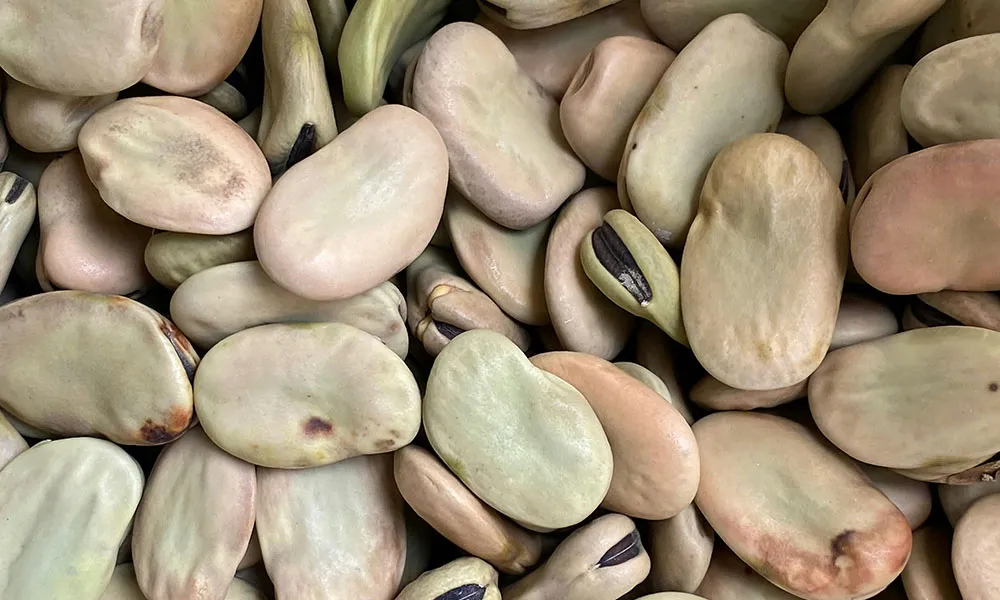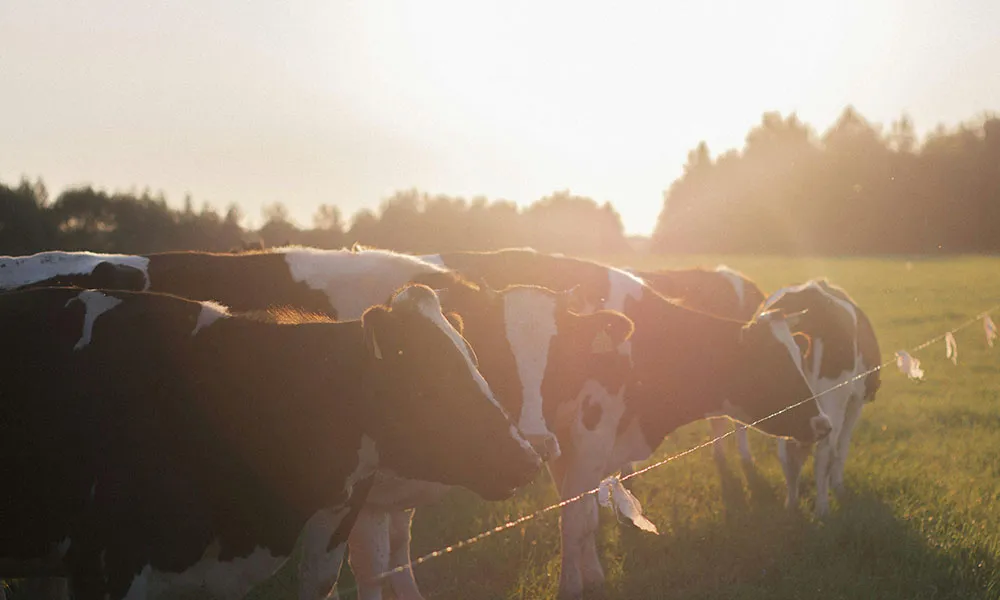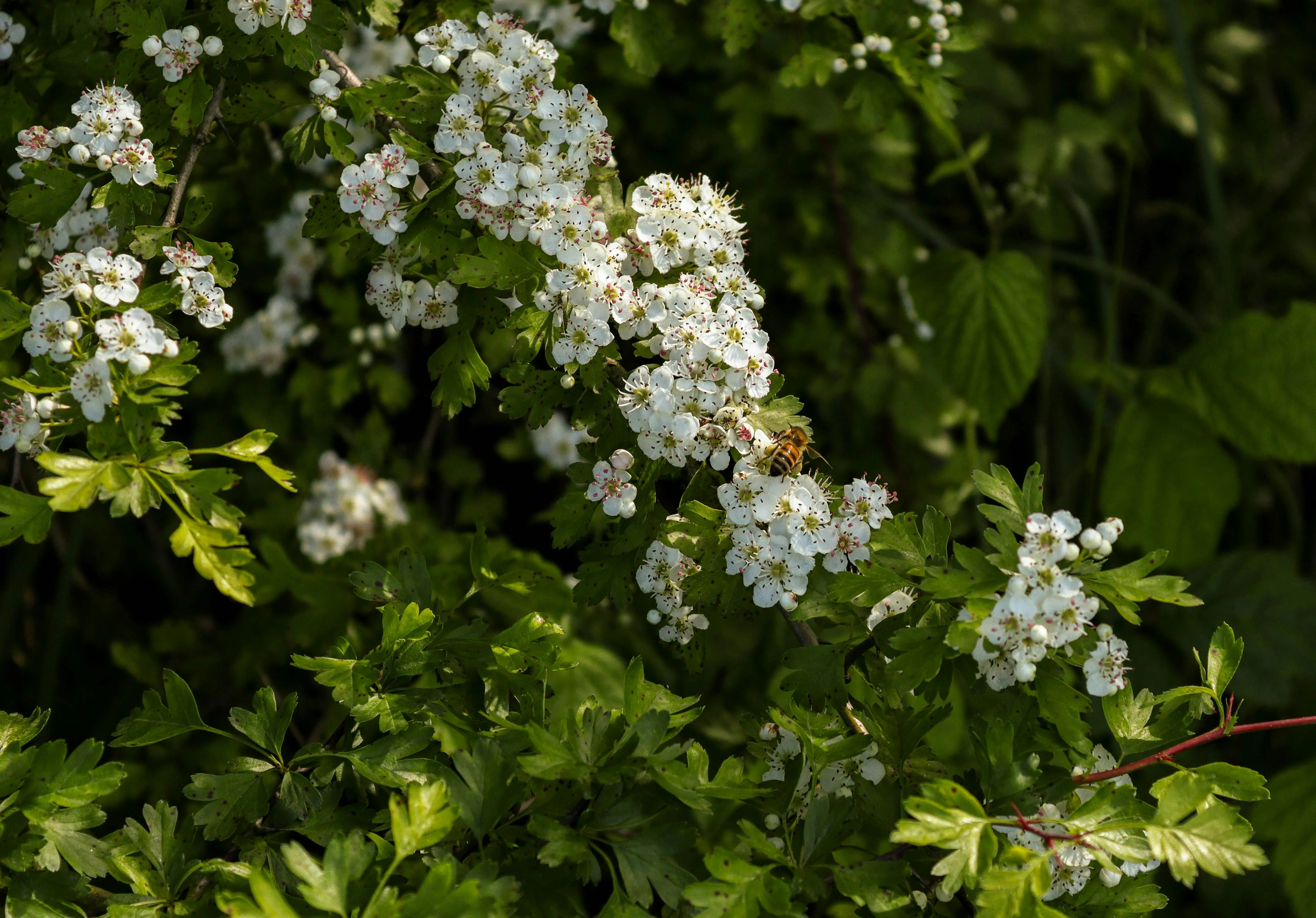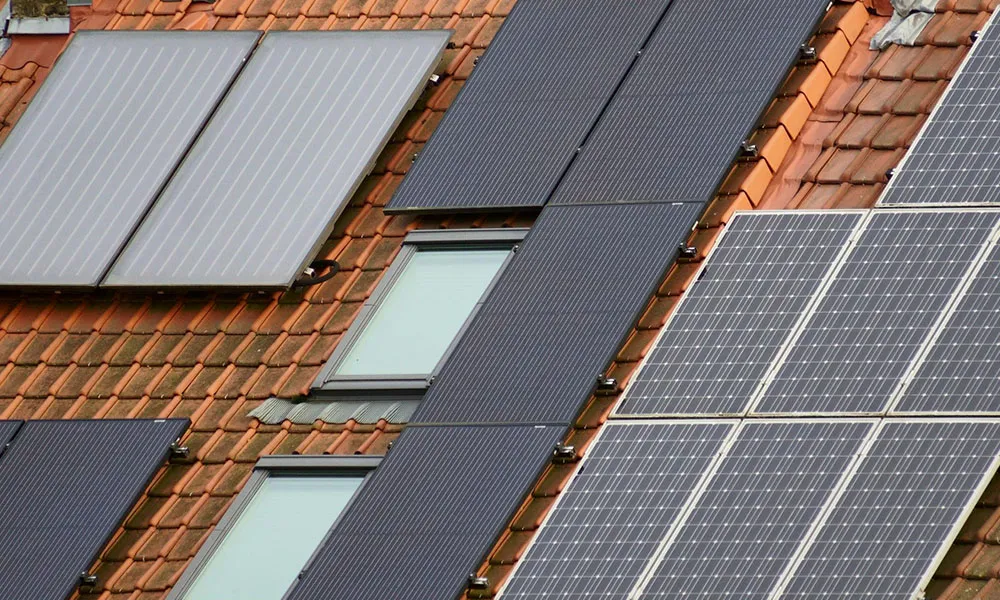
Climate change and uncertain energy provision
If the aftermath of Storm Eowyn has taught us anything, it’s that power outages are likely to become lengthier and more frequent in the years ahead. At this point, it is clear that climate change is going to bring severe and regular storms to Ireland during the winter months. For farmers, this will mean significant changes to how energy sources are managed on the farm.
Costs of Energy
Energy from the grid is already far more expensive than it was just a few years ago. Add to that the obvious fact that the grid is no longer completely reliable for half the year, and it becomes hard to avoid concluding that greater independence from the grid is essential moving forward. With significant solar installation grants, such as the TAMS grant, still available for farmers, many more of us are now thinking about the switch. With this in mind, we at Agridirect.ie have put together this brief guide to going solar.
Tax benefits of Solar PV
Installing solar photovoltaic (PV) cells on your farm will enable you to generate electricity from the sun. Aside from the obviously attractive prospect of having a source of energy that is independent of the grid, farmers can also avail of tax breaks for installing PV panels. If you are a flat rate farmer, for instance, you can claim back the VAT incurred from installing the panels (provided the PV system is listed on the SEAI’s Triple E Product Register.)
Site suitability
Most farms will have a site suitable for erecting solar PV panels. The orientation of the PV system, as well as the angle at which they are installed, have a significant bearing on the amount of electricity you can expect to generate. South-facing rooves are usually considered the most suitable for PV. Naturally, sites where sunlight is not impeded by obstacles such as trees and other buildings are also preferable.
Planning requirements
Fortunately, solar panels are usually considered exempt from planning permission. However, certain restrictions do apply. Ground mounted solar panels must not exceed 25m ² in area, nor should the installation be over 2 metres high. Where mounted on rooves, the panel system should not exceed 50m2 or 50% of the total roof area, whichever is the lesser. Roof mounted panels must be a minimum of 50cm from the edge of the wall or roof on which they are to be mounted. It should also be noted that buildings under conservation will be subject to a planning application.
Maintenance costs
Your solar PV system will require very little maintenance, and is cheap to run. Panel output usually falls by about 1% per annum, and the panel and inverters must be cleaned once every decade or so. This means that a larger solar PV system should go a long way towards powering your farm (particularly during the summer months) for about ten years, with little to no maintenance work required on your part.
One small caveat
If there is one caveat that farmers find off-putting about solar PV, it’s the fact that Ireland still hasn’t developed a feed-in tariff for solar PV. This means that it is not possible, at present, to sell the excess power your system generates back into the system through a provider of your choice. However, this may be a short-term problem. Such systems are available to farmers in other countries and something similar is expected in Ireland sooner rather than later.





